Use this nursing care plan and management guide to help care for patients with apnea. Learn about the nursing assessment, nursing interventions, goals and nursing diagnosis for apnea in this guide.
What is Apnea?
Apnea is defined as periodic cessation of breathing for more than 15 seconds in the full term or more than 20 seconds in the preterm infant. It may be related to sepsis, gastroesophageal reflux, metabolic abnormality, seizure disorder, trauma, or the impairment of breathing during sleep, although it is not uncommon to find no apparent causative factor.
Apneas in a preterm infant may be central, obstructive, or mixed. In central apnea, there is a loss of chest wall movement due to the depressed respiratory center in the brain, while obstructive apnea is caused by pharyngeal collapse, neck flexion, or nasal obstruction. Mixed apneas involve a central apnea that is directly followed by obstructive apnea.
Apnea occurs during infancy and is usually resolved by one year of age without resulting in the death of the infant. The apparent life-threatening event (ALTE) that is indicative of apnea is not considered a cause of SIDS (sudden infant death syndrome), although the infant with apnea is at slightly higher risk. Both apnea and high-risk SIDS infants may be monitored by an apnea-monitoring device as a preventive measure.
Nursing Care Plans and Management
Nursing care plan for sleep apnea is directed at supporting the infant’s cardiopulmonary status, improvement in gas exchange and breathing pattern, attainment of an optimal level of parental coping, knowledge of the treatment program and home care, and absence of complications.
Nursing Problem Priorities
The following are the nursing priorities for patients with apnea:
- Airway management and maintenance
- Monitor and assess respiratory function
- Administration of appropriate interventions and therapies, such as continuous positive airway pressure (CPAP) or mechanical ventilation if necessary.
- Educate and support for the patient and their caregivers regarding apnea management and prevention.
- Collaborate with the healthcare team to address underlying causes of apnea and optimize overall patient care.
Nursing Assessment
Assess for the following subjective and objective data:
- Loud or excessive snoring during sleep
- Pauses in breathing or choking/gasping episodes during sleep
- Excessive daytime sleepiness or fatigue
- Morning headaches
- Difficulty concentrating or memory problems
- Irritability or mood changes
- Restless sleep or frequent tossing and turning during the night
- Decreased libido or sexual dysfunction
- Dry mouth or sore throat upon waking
- Frequent awakenings during the night
Nursing Diagnosis
Following a thorough assessment, a nursing diagnosis is formulated to specifically address the challenges associated with apnea based on the nurse’s clinical judgment and understanding of the patient’s unique health condition. While nursing diagnoses serve as a framework for organizing care, their usefulness may vary in different clinical situations. In real-life clinical settings, it is important to note that the use of specific nursing diagnostic labels may not be as prominent or commonly utilized as other components of the care plan. It is ultimately the nurse’s clinical expertise and judgment that shape the care plan to meet the unique needs of each patient, prioritizing their health concerns and priorities.
Nursing Goals
Goals and expected outcomes may include:
- The infant/child will maintain respiratory status to baseline parameters for pattern rate, depth, and ease.
- The infant/Child will demonstrate improved gas exchange and arterial blood gases will maintain within normal ranges for age.
- Family members will be able to express their feelings and needs to each other.
- Family members identify three healthy coping mechanisms.
- The parents will verbalize readiness in handling the infant during apneic episodes.
- The parents will demonstrate the accurate application and operation of the apnea monitor.
- The parents will become skillful in performing cardiopulmonary resuscitation (CPR) in the infant.
Nursing Interventions and Actions
Therapeutic interventions and nursing actions for patients with apnea may include:
1. Improving and Maintaining Respiratory Status
Patients with apnea may exhibit ineffective breathing patterns related to impaired regulation. A dysfunction in the brain’s breathing regulation can cause irregular breathing patterns or pauses during sleep, leading to reduced oxygen levels and other health complications associated with sleep apnea. Infants with apnea may also experience impaired gas exchange due to the interruption or reduction of airflow during breathing, resulting in decreased oxygen levels in the body and increased carbon dioxide levels. This can lead to respiratory acidosis and other health complications associated with sleep apnea.
Assess the frequency and pattern of breathing; Observe the presence of apnea and changes in the heart rate.
Infants with apnea have periods of cessation of breathing over 15-20 seconds accompanied by bradycardia.
Assess skin, nail beds, skin, and mucous membranes for pallor or cyanosis.
Reveals the presence of hypoxemia causing cyanosis from uneven distribution of gases and blood in the lungs, and alveolar hypoventilation caused by airway obstruction and absence of chest wall movement.
Place the infant on an apnea monitor and pulse oximeter.
Identify changes in the chest movement, heart rate, and oxygen saturation caused by apnea.
Assess respiratory rate, depth, and ease, periods of apnea.
Reveals respiratory effort, rate, and depth (baselines or deviations) which affect the amount of air that reaches the alveoli for the ventilation process and diffusion of oxygen (external respiration).
Assess the infant for skin color and perfusion.
Apnea can cause tissue hypoxia leading to poor tissue perfusion resulting in changes in skin color.
Assess for changes in consciousness, the presence of irritability and somnolence.
Reveals a state of hypoxia as the level of oxygen in the blood decreases, resulting in impaired oxygenation in the brain.
Monitor ABG levels and oxygen saturation.
Monitors hypoxia and respiratory function for pO2 and pCO2 changes resulting from an abnormal ventilatory drive.
Monitor chest-Xray studies for further evaluation.
Reveals the presence of respiratory infection affecting gas exchange.
Position the infant’s head and neck in a neutral position.
If the neck bends too far forward or backward, blockage of breathing can happen.
Avoid prolonged suctioning; Discourage taking rectal temperatures and tube feedings.
Vagal stimulation may cause bradycardia, triggering apneic episodes.
Provide tactile stimulation by applying a gentle rub on the soles of the feet or chest wall.
Indicated for mild and intermittent episodes of apnea to stimulate spontaneous breathing.
Administer methylxanthines (e.g., (theophylline, caffeine) as prescribed.
Used as a smooth muscle relaxant and a cardiac muscle and central nervous system stimulant.
Administer continuous nasal airflow or CPAP via a nasal mask, or a face mask.
Continuous positive airway pressure (CPAP) is administered for preterm-birth apnea thought to be related to the collapse of the airway.
Prepare the infant for assisted mechanical ventilation as indicated.
Used when drug therapy and CPAP have been ineffective.
Educate the parents on the use of apnea monitor and allow for a return
demonstration of the application, to setting, alarms, power source, inform
of when and how to respond to changes in respiration and heart rate.
Signals parents on the presence of prolonged periods of apnea in order to avoid hypoxia and possibly death.
2. Promoting Effective Family Coping
Compromised family coping for patients with apnea may occur due to the significant impact that the infant’s condition can have on the family’s daily routine and emotional well-being. This can lead to increased stress, anxiety, and fatigue, as well as potential social isolation and financial strain, all of which can affect the family’s ability to cope with the patient’s condition. Additionally, there is also a risk for altered parenting for patients with apnea related to verbalization of role inadequacy, where parents may express feelings of inadequacy or inability to provide proper care for their child. This can result in a lack of confidence in their parenting skills and potentially lead to inappropriate caretaking behaviors. Providing education and support to parents can help them feel more confident in their ability to care for their child and improve their parenting skills.
Assess family anxiety level and erratic behaviors (anger, tension, disorganization) perception of a crisis situation.
Identifies information affecting the ability of the family to cope with infant apnea and monitoring.
Assess the family’s previous coping methods and perceived effectiveness.
Recognizes the need to come up with new coping skills if presently methods are inefficient in changing exhibited behaviors.
Assist the family to identify and use 3 techniques to cope with and solve problems and gain control over the situation.
Provides support for problem-solving and handling of the situation.
Assess the history of apnea, sudden infant death syndrome (SIDS), and life-threatening events of infants in the family.
Shows risk factors associated with the condition as support for additional assessment.
Assess for the presence of apneic episodes, bradycardia, cyanosis, gastroesophageal reflux, upper respiratory infection, and poor feeding with choking during feedings.
Recognizes apneic episodes of more than 15 seconds in preterm or more than 20 seconds in the full-term infant, related risk factors, or possibility for SIDS and need for evaluation.
Assess parents’ ability to take part in apnea monitoring and to learn CPR as an intervention in case of an episode.
Fear and anxiety are common to parents of an apneic infant; feelings of guilt and inadequacy, and fear of the death of the child display a hindrance to learning and interventions needed for the child’s survival.
Encourage verbalization of feelings and provide accurate information about infant apnea.
Lessens anxiety and improves the family’s understanding of the condition.
Educate parents that over-protective behaviors may affect infant growth and development.
Enhances family understanding of the condition and adverse effects of behaviors.
Reinforce appropriate coping behaviors.
Promote changes in behavior and adaptation to infant care during apnea.
Reinforce the need to sustain the health of family members and social contacts.
Provides knowledge about chronic anxiety, fatigue, and isolation as a result of infant care and about their effects on the health and care capacities of the family.
Encourage parents to verbalize feelings about unmet needs and the ability to meet and develop self-expectations.
Identifies potential for isolation and social deprivation of mother, strategies to accomplish realistic expectations.
Provide a calm, supportive, and positive environment; encourage and commend positive parental behaviors.
Decreases stress and anxiety for enhanced learning of infant care procedures.
Encourage touching and play activities between parents and infants.
Strengthens bonding process and positive parental behaviors.
Provide parents with step-by-step procedures in written or picture form about apnea monitoring and resuscitation.
Provides reference as reinforcement of learning.
Teach parents about safety issues of home apnea monitoring: unplugging the power cord when the cord is not unplugged to monitor; removing leads from the infant when not attached to the monitor; using safety covers on electrical outlets to discourage siblings from inserting other objects.
Avoids electrical-related accidents to home monitor.
Demonstrate for parents, and allow for return demonstration on how to attach electrodes to the belt and monitor, apply belt to infant’s chest, turn to monitor on, set the monitor, test the monitor alarms, remove and care of monitor after use.
Apnea monitor to use at home may be prescribed by physicians for apneic and “near-miss” infants, although use is controversial; monitors cardiac and respiratory activity with an alarm system that alerts parents when rates are not within prescribed settings; electrodes, lead wires, and cable pick up on breathing and heart activity signals and limit apnea
time by sounding alarmed.
Instruct other significant others and support persons to care for the child with a home monitor, including CPR.
Promotes positive coping as parents can decrease continuous responsibility of home apnea monitoring.
Demonstrate for parents and allow for return demonstration of CPR on infant model; instruct both parents and a family member in the assessment of the infant and need for CPR, correct mouth-to-mouth and cardiac compression techniques; supply was written and pictorial instructions or booklet for review.
Cardiopulmonary resuscitation (CPR) is indicated to resuscitate an infant with cessation of breathing and the presence of cyanosis.
Provide positive appraisal and support for parents as they learn to use the monitor and develop skills in CPR.
Positive reinforcement and support help the parents develop new parenting skills and feel confident in their abilities as parents.
Instruct parents to place healthy infants on their backs during sleep; Avoid pillows or soft mattresses in the crib.
Decreases the risk of SIDS, according to research; the American Academy of Pediatrics recommends that healthy infants be placed on their backs to sleep. Infants placed on their sides may roll to the prone position.
Explain the difference between apnea and Sudden infant death syndrome (SIDS).
Parental perception of the relationship between these conditions is often the basis for their fear of a child’s possible survival.
Suggest referral to a home care agency, contact with family members and friends, and other support services.
Provides a range of support and assistance, which helps to reduce anxiety and promote social activities.
Recommended Resources
Recommended nursing diagnosis and nursing care plan books and resources.
Disclosure: Included below are affiliate links from Amazon at no additional cost from you. We may earn a small commission from your purchase. For more information, check out our privacy policy.
Ackley and Ladwig’s Nursing Diagnosis Handbook: An Evidence-Based Guide to Planning Care
We love this book because of its evidence-based approach to nursing interventions. This care plan handbook uses an easy, three-step system to guide you through client assessment, nursing diagnosis, and care planning. Includes step-by-step instructions showing how to implement care and evaluate outcomes, and help you build skills in diagnostic reasoning and critical thinking.

Nursing Care Plans – Nursing Diagnosis & Intervention (10th Edition)
Includes over two hundred care plans that reflect the most recent evidence-based guidelines. New to this edition are ICNP diagnoses, care plans on LGBTQ health issues, and on electrolytes and acid-base balance.

Nurse’s Pocket Guide: Diagnoses, Prioritized Interventions, and Rationales
Quick-reference tool includes all you need to identify the correct diagnoses for efficient patient care planning. The sixteenth edition includes the most recent nursing diagnoses and interventions and an alphabetized listing of nursing diagnoses covering more than 400 disorders.

Nursing Diagnosis Manual: Planning, Individualizing, and Documenting Client Care
Identify interventions to plan, individualize, and document care for more than 800 diseases and disorders. Only in the Nursing Diagnosis Manual will you find for each diagnosis subjectively and objectively – sample clinical applications, prioritized action/interventions with rationales – a documentation section, and much more!

All-in-One Nursing Care Planning Resource – E-Book: Medical-Surgical, Pediatric, Maternity, and Psychiatric-Mental Health
Includes over 100 care plans for medical-surgical, maternity/OB, pediatrics, and psychiatric and mental health. Interprofessional “patient problems” focus familiarizes you with how to speak to patients.

See also
Other recommended site resources for this nursing care plan:
- Nursing Care Plans (NCP): Ultimate Guide and Database MUST READ!
Over 150+ nursing care plans for different diseases and conditions. Includes our easy-to-follow guide on how to create nursing care plans from scratch. - Nursing Diagnosis Guide and List: All You Need to Know to Master Diagnosing
Our comprehensive guide on how to create and write diagnostic labels. Includes detailed nursing care plan guides for common nursing diagnostic labels.
Other nursing care plans for pediatric conditions and diseases:
- Acute Glomerulonephritis | 4 Care Plans
- Acute Rheumatic Fever | 4 Care Plans
- Apnea | 4 Care Plans
- Brain Tumor | 3 Care Plans
- Bronchiolitis | 5 Care Plans
- Cardiac Catheterization | 4 Care Plans
- Cerebral Palsy | 7 Care Plans
- Child Abuse | 4 Care Plans
- Cleft Lip and Cleft Palate | 7 Care Plans
- Congenital Heart Disease | 5 Care Plans
- Congenital Hip Dysplasia | 4 Care Plans
- Croup Syndrome | 5 Care Plans
- Cryptorchidism (Undescended Testes) | 3 Care Plans
- Cystic Fibrosis | 5 Care Plans
- Diabetes Mellitus Type 1 (Juvenile Diabetes) | 4 Care Plans
- Dying Child | 4 Care Plans
- Epiglottitis | 5 Care Plans
- Febrile Seizure | 4 Care Plans
- Guillain-Barre Syndrome | 6 Care Plans
- Hospitalized Child | 5 Care Plans
- Hydrocephalus | 5 Care Plans
- Hypospadias and Epispadias | 4 Care Plans
- Intussusception | 3 Care Plans
- Juvenile Rheumatoid Arthritis | 4 Care Plans
- Kawasaki Disease | 6 Care Plans
- Meningitis | 7 Care Plans
- Nephrotic Syndrome | 5 Care Plans
- Osteogenic Sarcoma (Osteosarcoma) | 4 Care Plans
- Otitis Media | 4 Care Plans
- Scoliosis | 4 Care Plans
- Spina Bifida | 7 Care Plans
- Tonsillitis and Adenoiditis | 4 Care Plans
- Umbilical and Inguinal Hernia | 4 Care Plans
- Vesicoureteral Reflux (VUR) | 5 Care Plans
- Wilms Tumor (Nephroblastoma) | 4 Care Plans

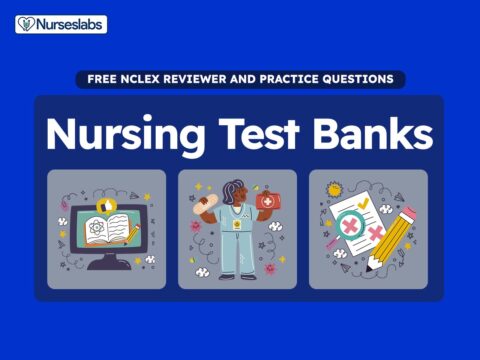
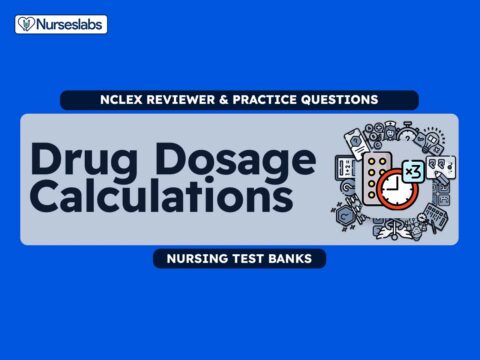






















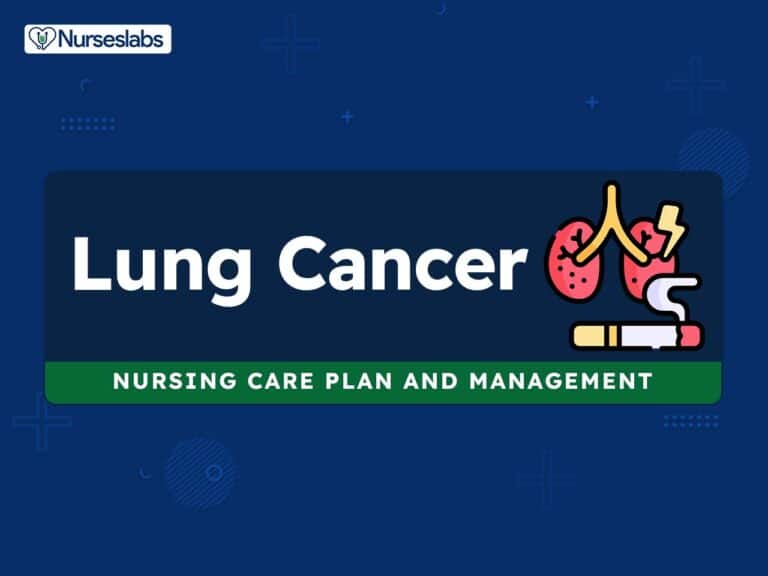
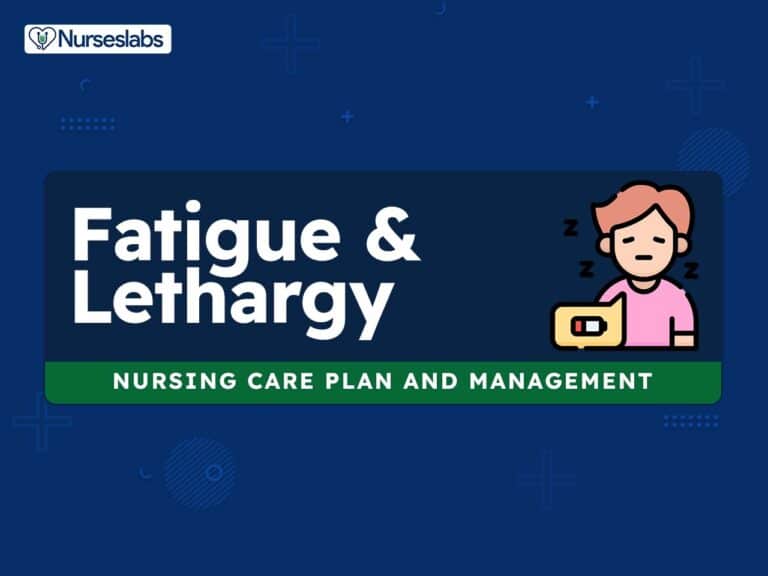
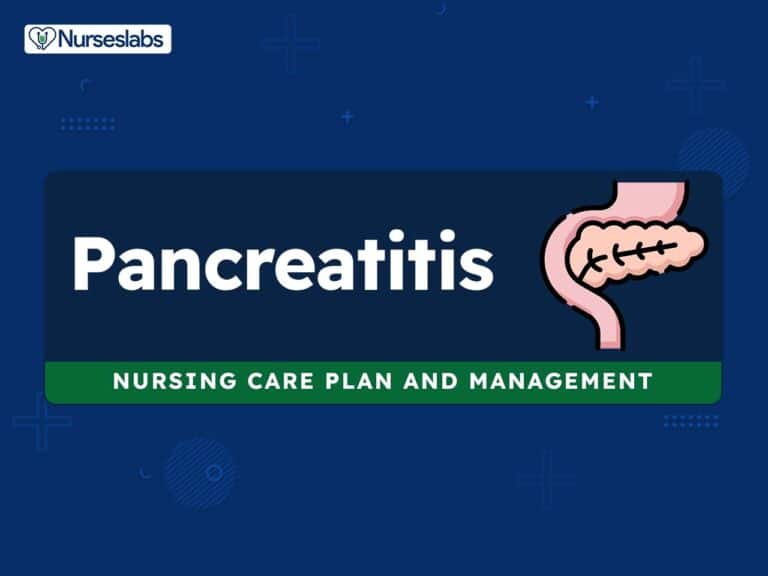
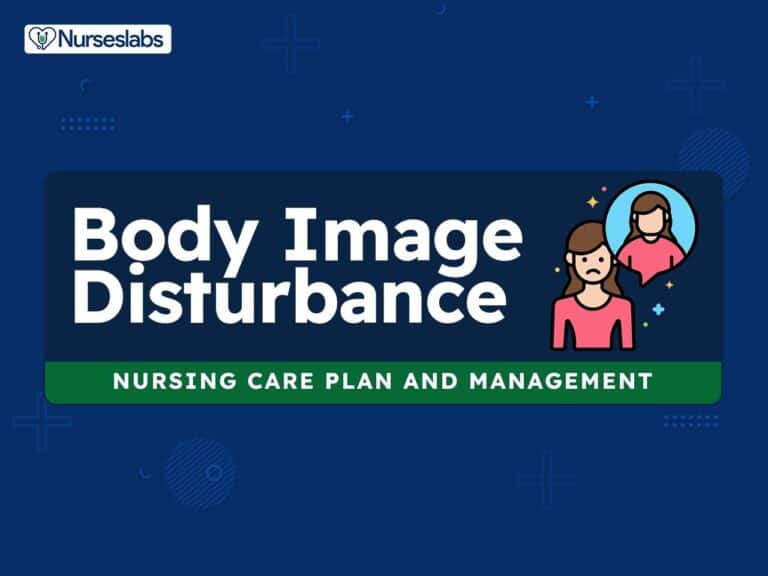
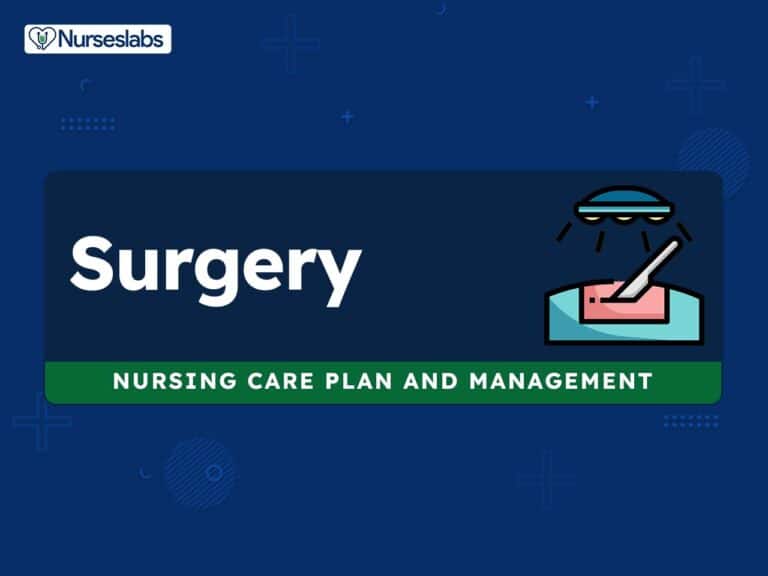

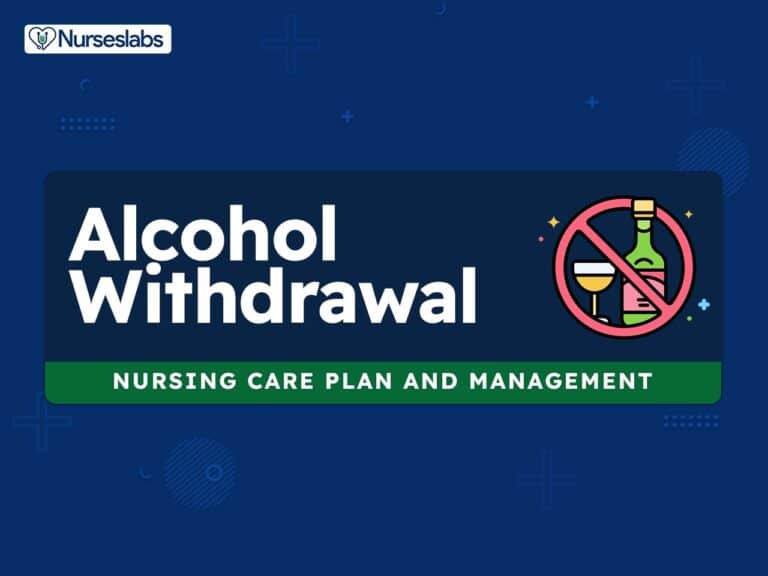
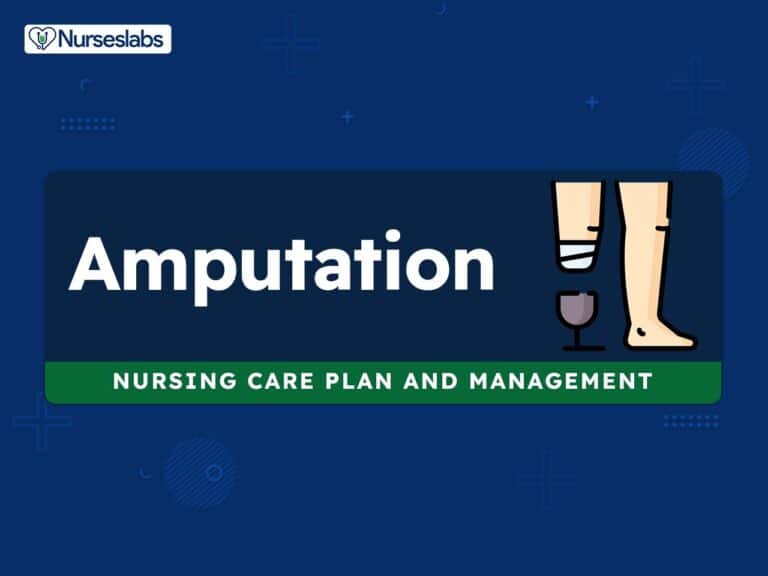


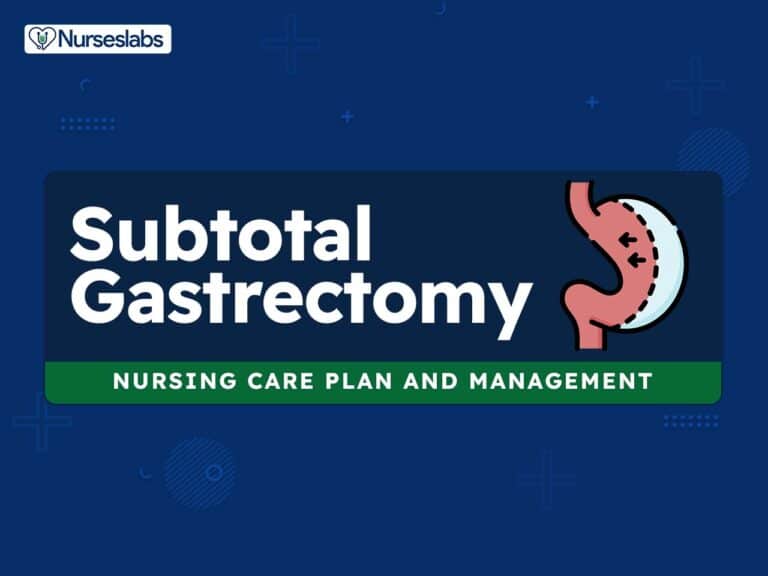
Leave a Comment